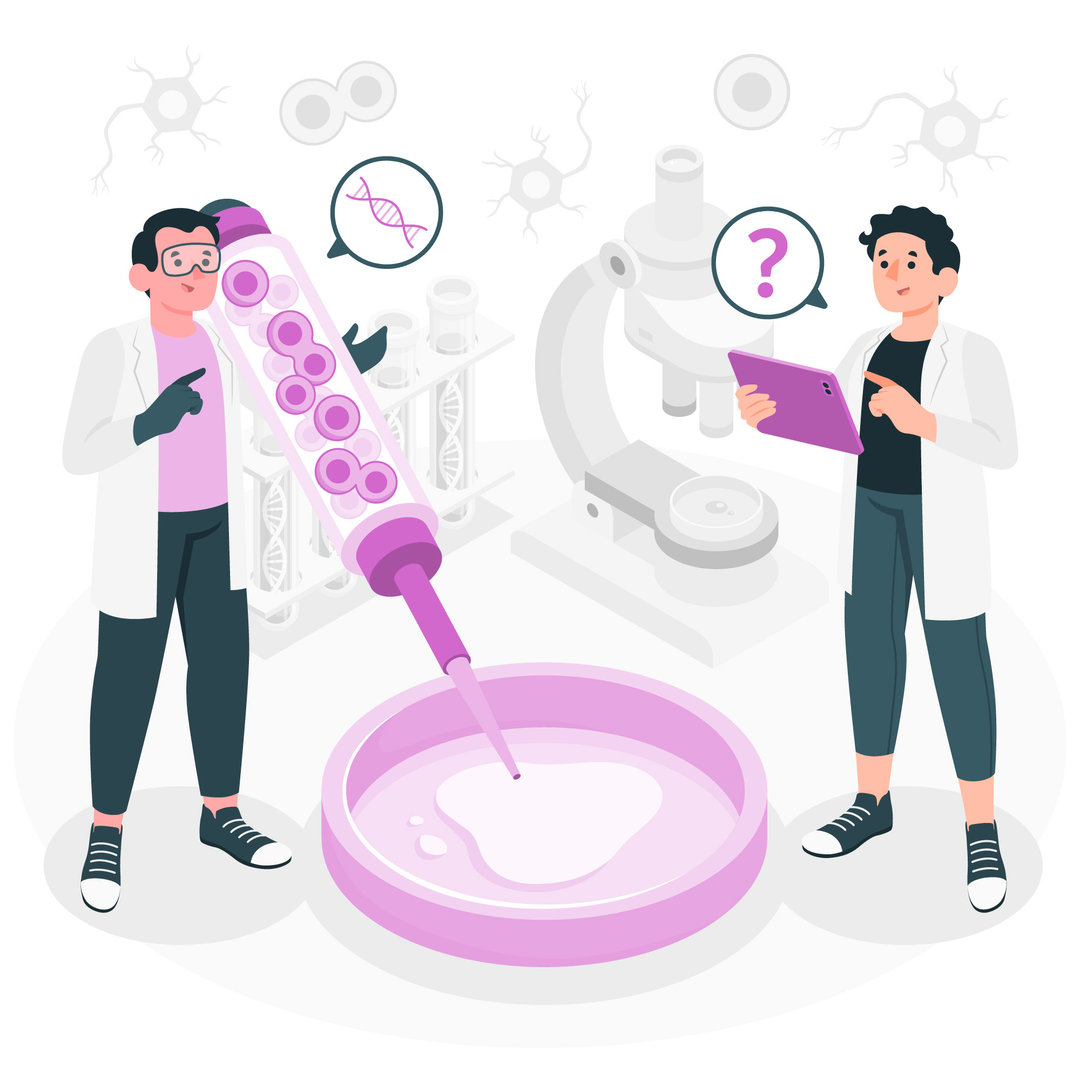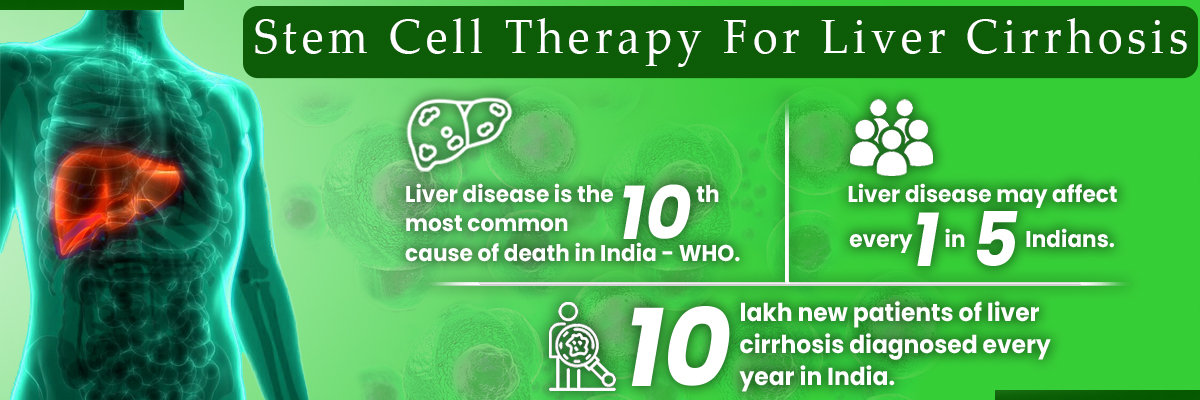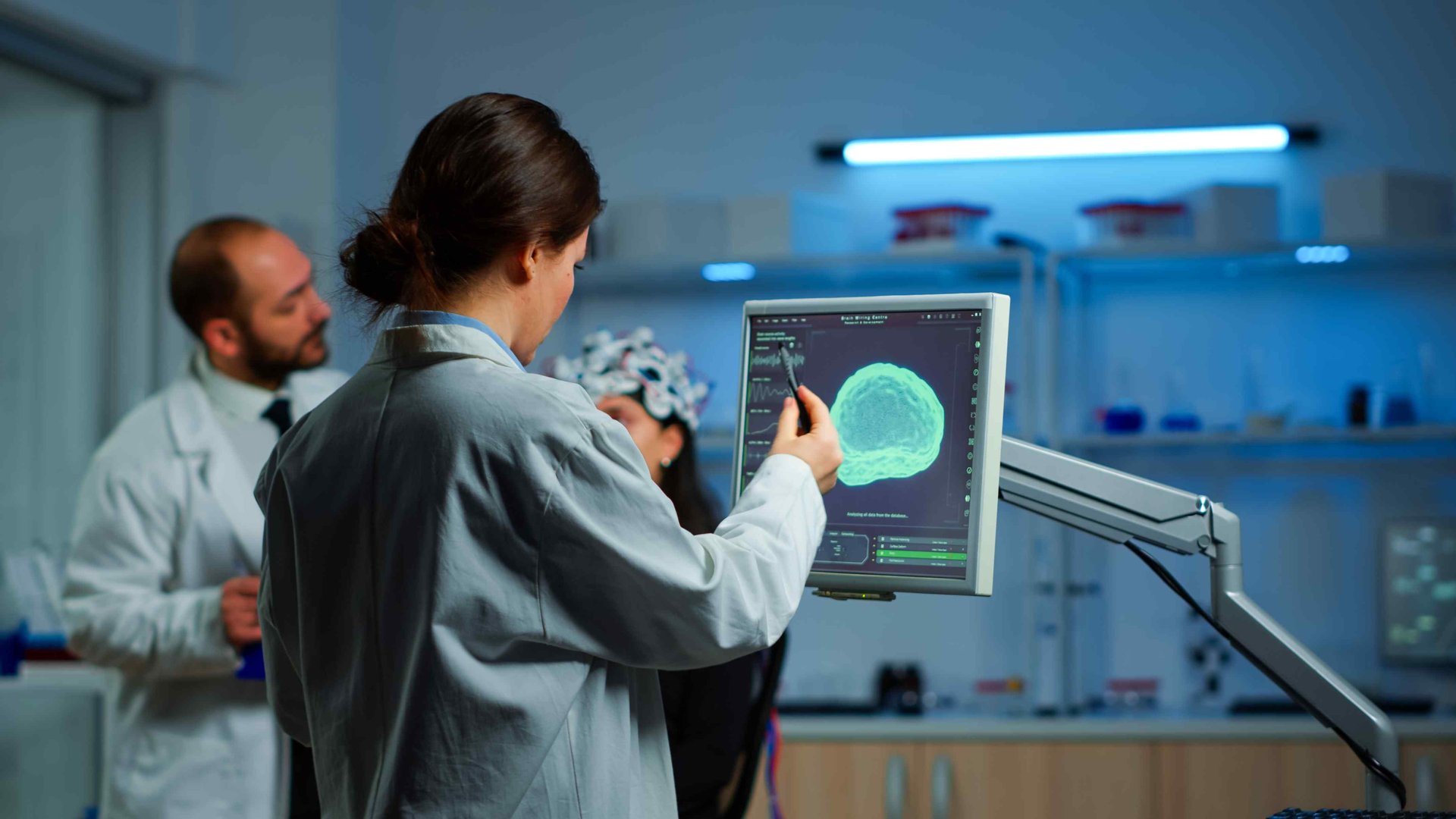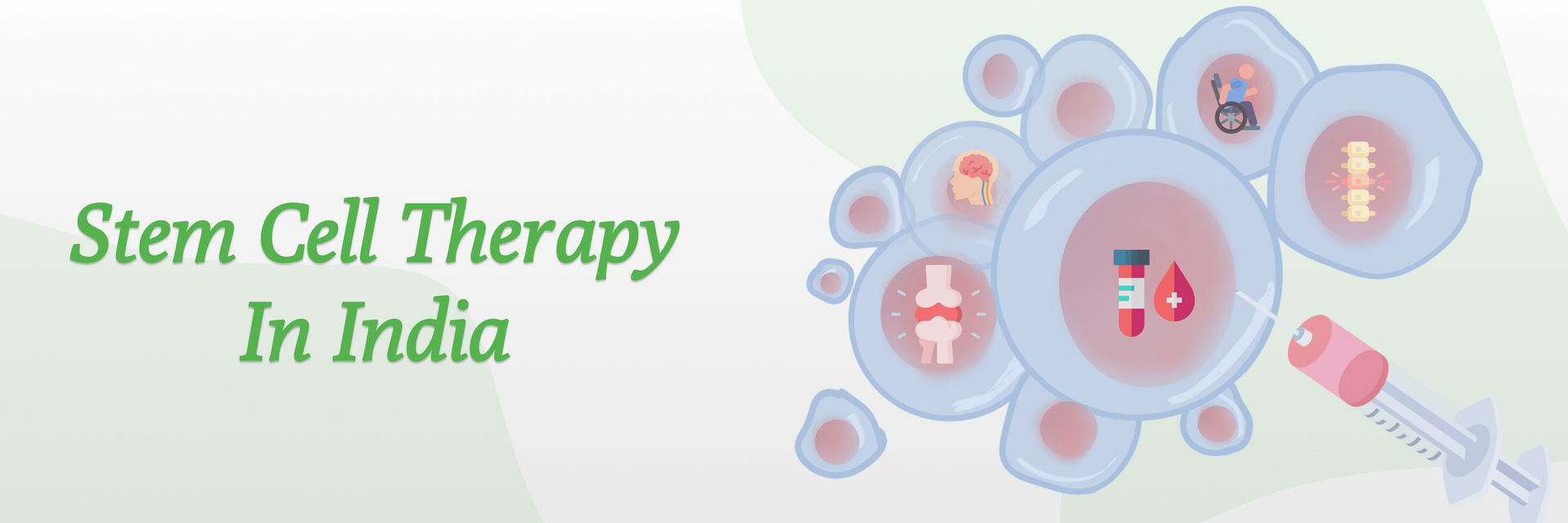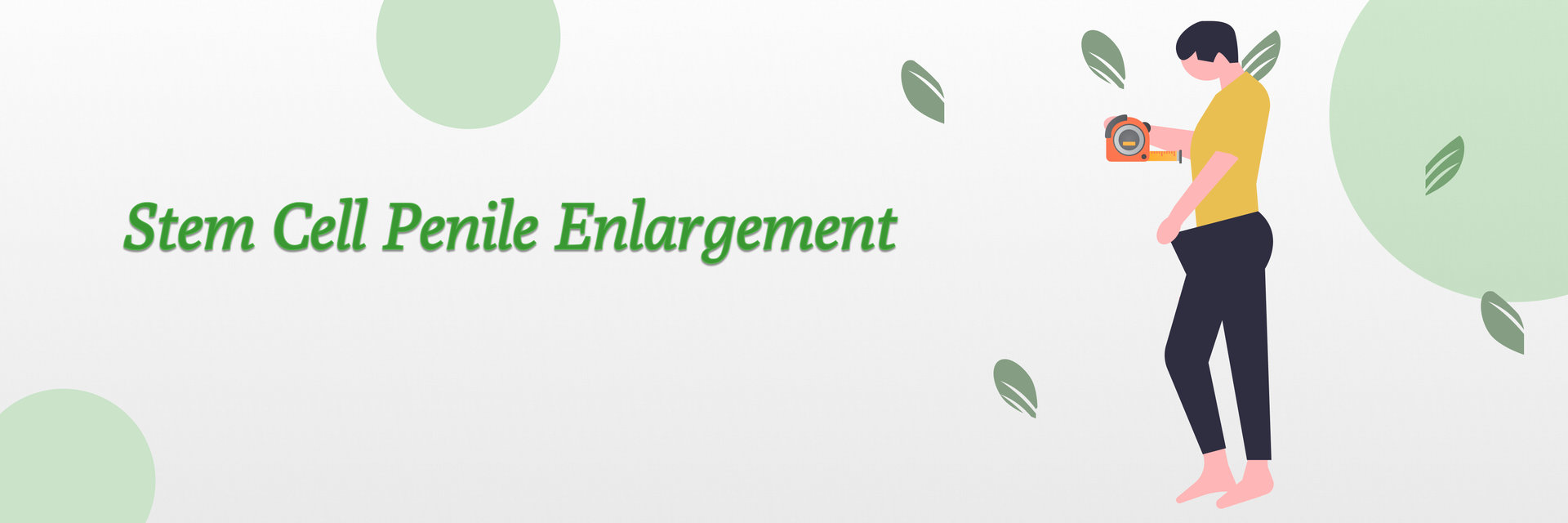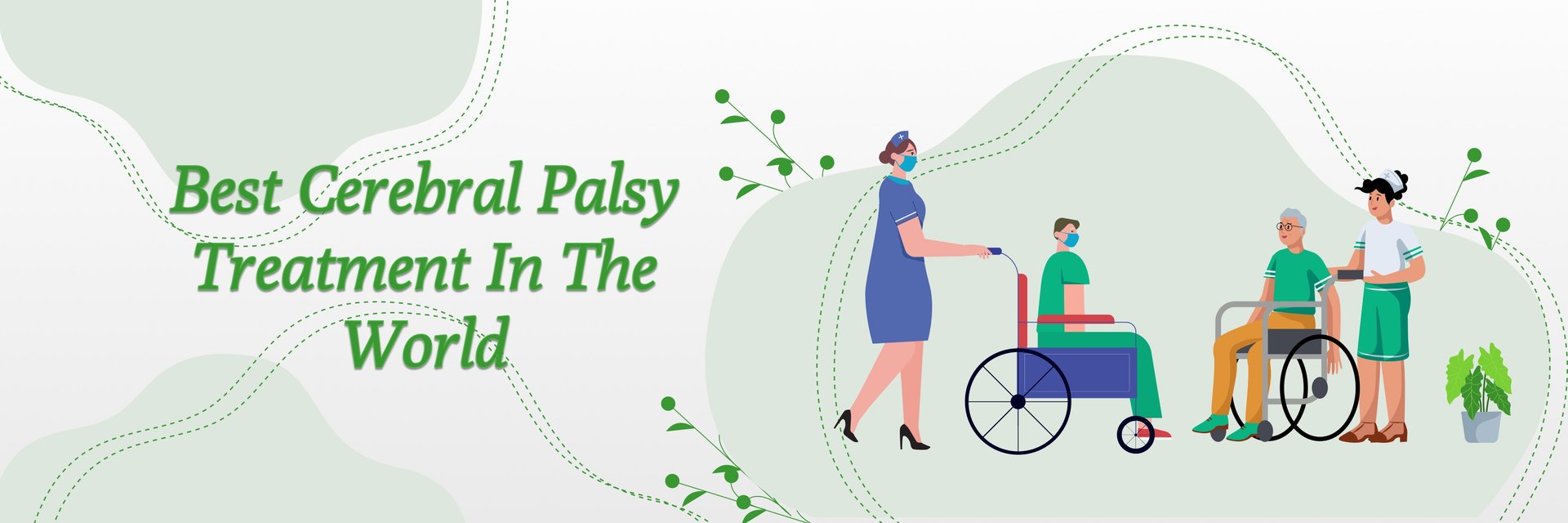Overview—Sickle Cell Disease
Sickle Cell Disease affects 20 million people worldwide, and its treatment has evolved remarkably over the years. Remember the 1970s? Back then, a staggering 75% of kids with this condition didn't see their fifth birthday. Fast forward to today, and the picture is much brighter, thanks to medical advancements. Among these, stem cell transplant is a standout. It's not just a treatment; it's showing the potential to actually reverse the disease.
Now, let's talk about Stem Cell Transplant for Sickle Cell Disease. It's a game-changer in the medical field, reshaping how we tackle this genetic disorder. It's where cutting-edge science meets compassionate care, offering new hope to patients.
In this article, we're diving into how effective and transformative this treatment is. So, come along as we explore this life-changing approach, keeping it professional yet easy to follow.
We've put together a helpful guide to assist you in evaluating if this treatment is the right choice for you. Read on to discover more.
Sickle Cell Disease, also known as Sickle Cell Anemia, is a group of inherited disorders that cause red blood cells to change shape, affecting hemoglobin levels and sometimes obstructing blood flow.
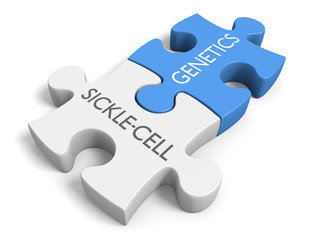
It is a genetic disorder, where the child is affected if both parents have the mutated gene.
Commonly observed symptoms are:
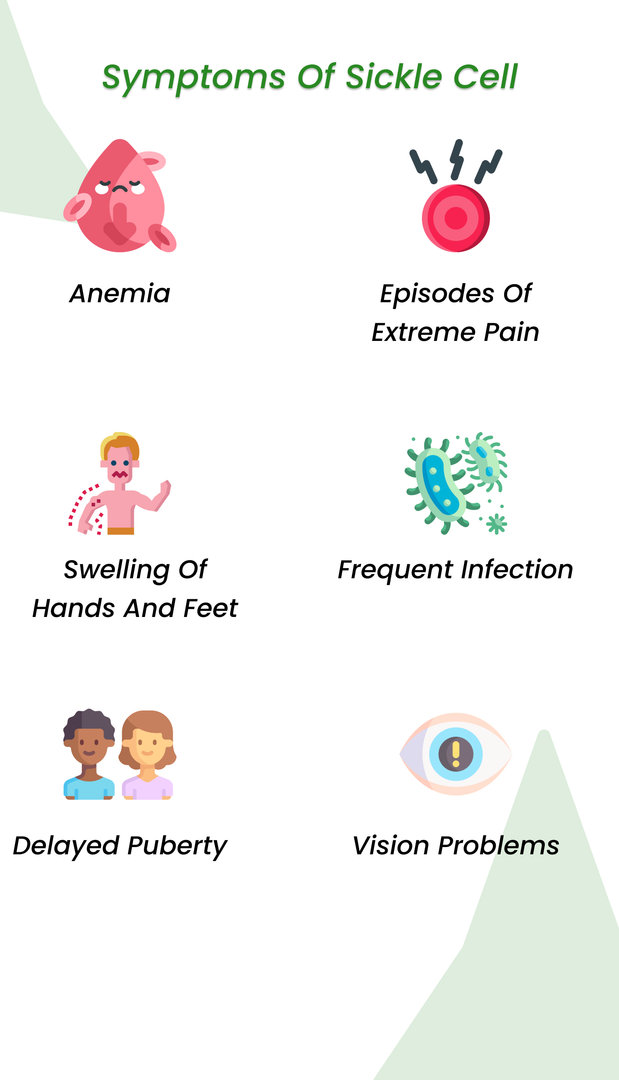
- Anemia
- Episodes of extreme pain
- Swelling of hands and feet
- Frequent infection
- Delayed puberty
- Vision problems
Sickle Cell Disease is diagnosed with a blood test and confirmed with genetic tests. So far, there is no cure for sickle cell disease.
However, there is one treatment that has reversed the condition in some patients—stem cell treatment, also known as hematopoietic bone marrow transplant.
While this is a relatively new treatment, it is approved by the FDA and has shown some exciting results in patients with severe symptoms.
Your health is too important to ignore – schedule your appointment now.

Yes, you read that right!
Does Stem Cell Transplant work to cure Sickle Cell Disease?
The short answer is yes, it does. By using donor stem cells, this condition has been reversed and patients have gone on to live healthy lives.
We’re sure you’re now wondering just how it works.
To answer this question, let us first understand what a stem cell is.

A stem cell is an immature cell found in our bodies, which can differentiate into any tissue. These stem cells are usually found in the bone marrow.
The stem cells induce the formation of new red blood cells in patients affected with sickle cell disease, which eventually replace all the damaged cells.
Sounds intriguing, right?
Types of Stem Cell Transplants Used to Treat Sickle Cell Disease
Stem cells are available in several parts of our bodies. The ones that are most effective in treating sickle cell disease are hematopoietic stem cells, which are found in the bone marrow.
An allogeneic stem cell transplant for sickle cell disease is preferred. The donor should have the same blood and tissue type as the patient to qualify for this procedure.
In some cases, the patient’s cells have also been used for this procedure, but the results have not been encouraging.
Take charge of your health and your life. Contact us today!
Benefits and Risks of Stem Cell Transplant for Sickle Cell Anemia
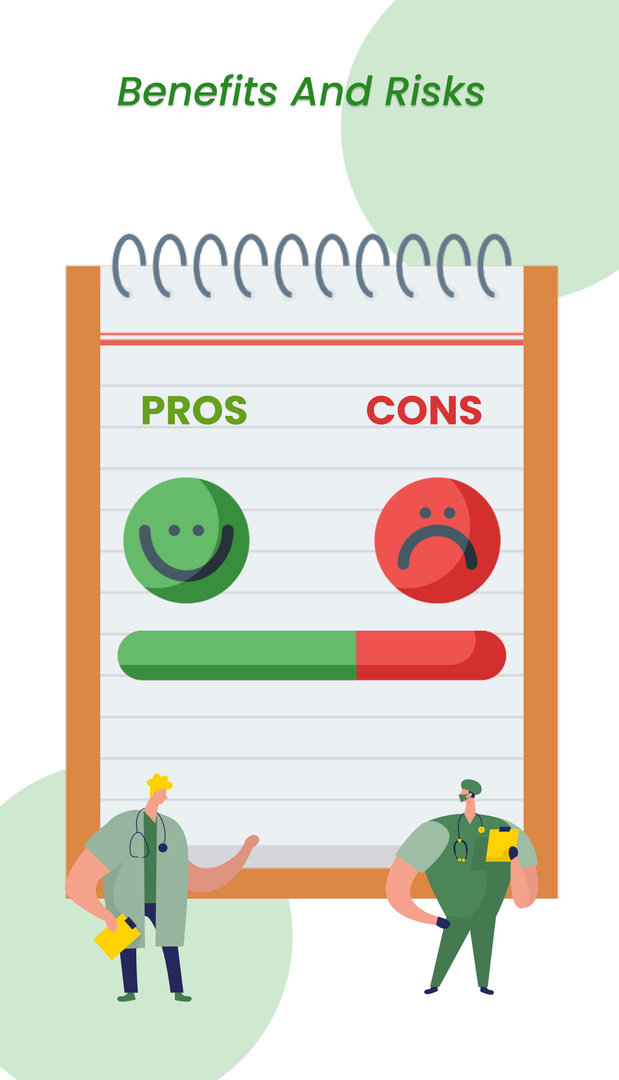
Like every medical procedure, this one also has its own benefits and risks.
| BENEFITS | RISKS |
|
|
Doesn't the benefits outweigh the risks?
Eligibility
How does one check if they are a good candidate for stem cell transplant for sickle cell?
As several factors need to be considered first, your physician is the best person to answer this question.
However, we have made a general list of requirements to get you started:

- Confirmed diagnosis with genetic testing
- Should have some severe symptoms
- Should have optimally functioning organs
- Should not have undergone stem cell transplant in the past thirty days
- Should not have a history of organ transplants or any other major medical issues
Stem cell transplant for sickle cell is mostly done for children younger than sixteen years of age who have severe complications from the disease.
For adults, it is not recommended as the chances of risks from the treatment increase with increasing age. But research on new methods is ongoing which can soon make stem cell transplants for adults a successful reality.
Types of Sickle Cell Disease Treated with Stem Cell Transplant
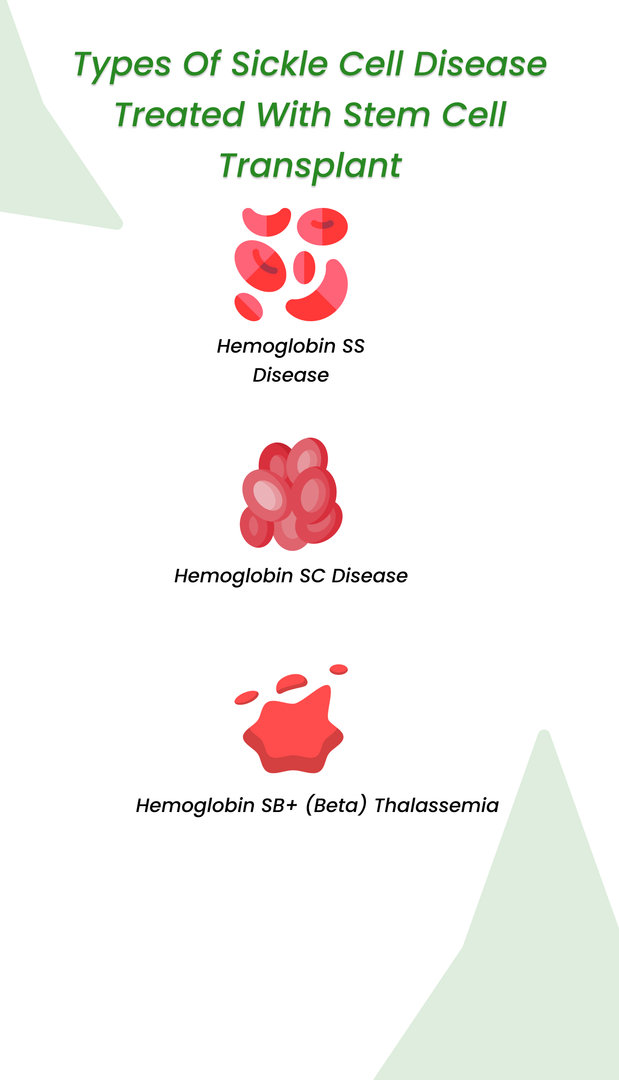
There are several types of sickle cell disease, and nearly all of them have been successfully treated with stem cell transplants.
How, you ask?
We have laid it all out for you in the table below.
| Type of Sickle Cell Disease | How Stem Cells Help |
| Hemoglobin SS Disease |
|
| Hemoglobin SC Disease |
|
| Hemoglobin SB+ (beta) Thalassemia |
|
Procedure for Stem Cell Transplant for Sickle Cell Disease
If you are planning for a stem cell transplant, you might be interested in learning about the procedure, isn’t it?

While stem cell transplant in sickle cell disease might sound daunting, it is actually quite a simple procedure.
| Step 1: Conditioning |
|
| Step 2: Extraction of stem cells |
|
| Step 3: Preparing the stem cells |
|
| Step 4: Stem cell transplantation |
|
As you can see, the entire procedure only lasts about eight to nine hours.
However, it is spread out over two or three days for better patient comfort. You might also need to stay at the hospital for a week after the procedure.
What to Expect After Stem Cell Transplant for Sickle Cell Disease
Are you worried about what will happen after the procedure is completed?
You will be happy to know that you can resume your daily activities a week or ten days after your procedure.
Immediately after the procedure, you might feel a headache or some nausea. However, this is transient and resolves itself in a few hours. No long-term side effects have ever been reported in any clinical study, making this a completely safe procedure.
Take the first step to recovery. Get in touch with us for your treatment.

We should note here that you might still be feeling the side effects of chemotherapy at this point. You will also be asked to take immunosuppressants for a while, which can have side effects like nausea and vomiting.
So, while stem cell therapy itself barely has any side effects, the after-effects of chemotherapy might make you feel miserable for a few weeks. In severe cases, your specialist will prescribe you something for symptomatic relief.
Post-Transplant Care and Lifestyle Considerations
Let's talk about what happens after a stem cell transplant. This period is crucial for recovery and long-term success. It's a journey that needs careful navigation, and we're here to guide you through it.
- Immediate Post-Transplant Care-In the first few days or weeks after the transplant, the focus is on managing side effects and preventing infections. You'll likely stay in the hospital during this time, where doctors will monitor your progress closely.
- Medication Management-Post-transplant medications are your new best friends. They're mainly to prevent rejection and fight infections. It's vital to take them as prescribed and be aware of their effects. Don't hesitate to ask your doctor about anything that feels off.
- Diet and Nutrition-Your body just underwent a major event, and it needs the right fuel to recover. Think of food as part of your treatment. A balanced diet rich in fruits, vegetables, and protein helps strengthen your immune system. And remember, some foods might be off-limits to reduce infection risk.
- Physical Activity and Rehabilitation-Moving your body is important, but it's all about balance. Start slow, maybe with some light walking, and gradually increase your activity. Physical therapy can also play a big role in getting your strength back.
- Psychological and Emotional Support- It's normal to feel a whirlwind of emotions after such a life-changing procedure. If you're feeling overwhelmed, talk to someone. Whether it's a counselor or a support group, don't underestimate the power of emotional support.
- Long-term Health Monitoring-Regular check-ups are a non-negotiable part of post-transplant life. These appointments aren't just about catching potential problems early; they're also about ensuring everything is on track for a successful recovery.
- Lifestyle Adjustments-Returning to 'normal' life takes time. Be patient with yourself. It's okay to ease back into work and social activities. Also, be mindful of things like travel and vaccinations – your immune system isn't what it used to be.
- Support Systems- Having a strong support network makes a world of difference. Whether it's family, friends, or fellow patients, lean on them. And for caregivers, remember, your role is pivotal in this journey.
To wrap up, post-transplant care is about taking things one step at a time and listening to your body and your medical team. It's a path to a new beginning, and we're here to help you navigate it with confidence.
Results
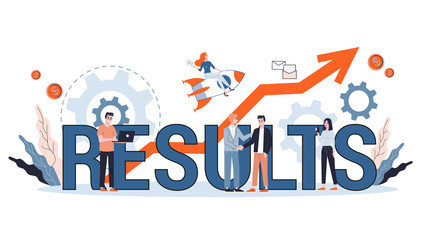
Stem cell treatment begins showing positive results about three to four weeks after the transplant. The stem cells continue to form new red blood cells for up to a year after the initial procedure.
During this time, you will see a steady improvement in your symptoms and lab results.
You can expect:

- A reduction in the severity of anemia and pain
- Better hemoglobin levels in your blood tests
- Improved shape of red blood cells on your blood smear
Unfortunately, these results are not permanent yet. You might need to repeat your transplant a few years down the line. However, this is only done if you display severe symptoms.
Success Rates of Stem Cell Transplant for Sickle Cell Disease
Are you curious to know the success rate of the treatment?

So far, there is no cure for sickle cell disease. The success rate of this condition is measured by a life expectancy of four years after the procedure.
In children, the success rate of this procedure is an astonishing 91%! In adults, this rate drops slightly to 85%.
What if Stem Cell Transplant for Sickle Cell Disease Doesn’t Work?
In about 15% of cases, stem cell transplant doesn’t work and the bone marrow continues to produce defective red blood cells.
Worried what if you fall in this 15%?
In such situations, the stem cell cycle can be repeated. However, this can only be done after a thorough analysis by your hematologist. You are required to be fit enough to undergo another round of chemotherapy before the new transplant.
Around 22% of patients also show a relapse. In aggressive cases, the relapse occurs within six months of the transplant. In a few cases, the relapse is seen one or two years after the procedure.
Since stem cell transplant is currently the only treatment that can reverse sickle cell disease, at this point it is wise to repeat a cycle.
Cost of Stem Cell Transplant for Sickle Cell Disease
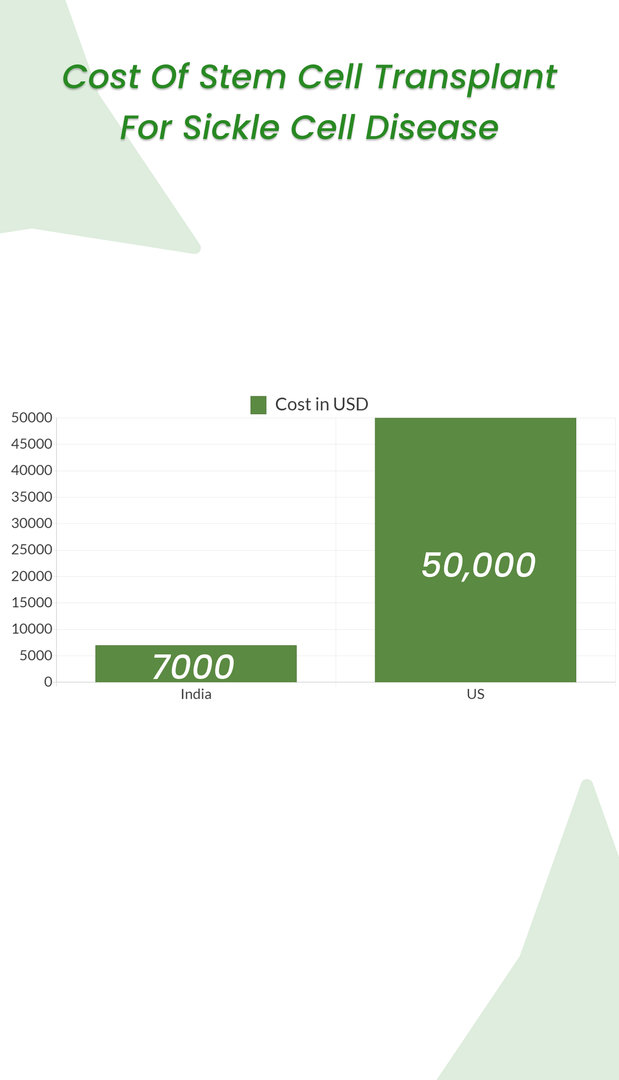
How does a stem cell transplant affect my bank account?
This is one of the most critical questions for any medical treatment.
Stem cell transplant for sickle cell cost depends on several factors including the severity of your condition, your specialist fees, and the facility you choose for your treatment.
In India, this treatment will set you back by 7000 to 30,000 USD. This cost includes your hospital stay and all diagnostic tests. In comparison, the same treatment costs upward of 50,000 USD in the US!
The good news is, since this procedure is approved by the FDA, a few medical insurances have started covering a part of or the entire cost. However, the number of insurance companies offering this service is currently still limited.
A Research Explaining Present and Future Scope and Challenges of Stem Cell Transplant for Sickle Cell Anemia
Sickle cell stem cell transplant has come a long way in the past thirty years. The long-term survival rate has increased from 25% to 90%.
Stem cell treatment is also the only treatment that can reverse this condition. However, a few challenges still exist.
Researchers still need to work on reducing relapse rates. There is also some discrepancy in the delivery method of the stem cells and the type of stem cells used, which needs to be addressed.
Nonetheless, stem cell treatment has the potential to one day cure sickle cell disease, and we will certainly be watching these developments with interest.
Do you think stem cell therapy is the right treatment for your condition?
Reference:
